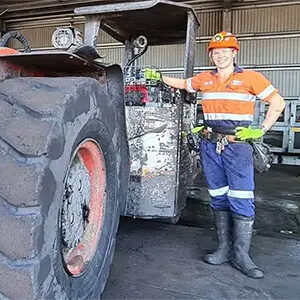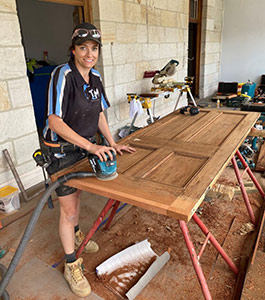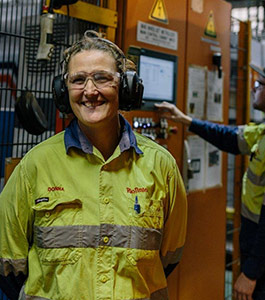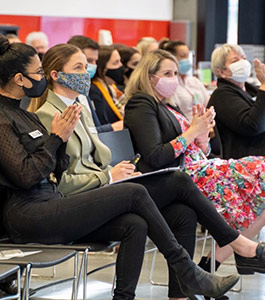Over the last 20 years, the number of women entering and being retained in male-dominated trade roles has not increased over 3 percent. Why? It is a topic of conversation in many businesses, it is the reason Tradeswomen Australia Foundation was established, it is a question I often ask myself, and it was the reason we completed the Influencer Insights report.
On the surface, it has been assumed that this trend is simply due to differing interests and career choices made by women and men. But our research has shown that there are other barriers stopping women from enjoying the full benefit of trade-based roles including gender stereotypes, bias, discrimination, and harassment.
Every day we talk to the people that influence young women on the career decision they are making about the perceived barrier’s facing them, and often their views polarise that of another group. In the round tables, we saw each influencer group (parents, employers, industry, schools) place the blame of barriers on another influencer group. We decided it was the time everyone came to the table together to discuss the barriers, look at solutions and agree that to increase this startlingly low statistic we would all need to work together. By working through the three key areas of employment; engagement, recruitment, and retention we sought to understand the range of barriers facing tradeswomen from all perspectives.
Engagement
Outside of engagement through career expo’s and open days, there is little done to directly engage with young women through mediums they use (smartphones, social media, etc). This causes reduced visibility of trade being a tangible career option for women due to lack of exposure outside of family or domestic maintenance.
Across influencer groups, there was a consistent conversation that young women were less likely to be exposed to manual tasks and lacked access to training opportunities where they may obtain the knowledge and licensing required to work on construction sites. The reasoning was due to limited numbers of young women undertaking trade-based modules during VCE and VCAL and having a lack of understanding about Pre-Apprenticeships and their benefits.
“The message continues to be negative because women are not being successful through the initial stages of recruitment, they can apply for lots of roles and not receive feedback. When they aren’t successful, they will tell their friends and the message continues” – Employer Survey
Recruitment
Feedback from employer surveys and round tables showed that employers believe there is a fundamental issue with skill-based trades not being promoted as a long-term employment option. This view was reinforced by careers councillors and parents stating that outside of domestic maintenance the exposure of women to male-dominated trades is limited during their formative years and career selection.
Tradeswomen, however, have a very different perspective. For women actively working in the trade, a major barrier they have and continue to face is the bias involved during the recruitment process. Often unconsciously recruitment teams across Australia use a range of assumptions and personal views when screening resumes and interviewing candidates. This bias is also noticeable across other male-dominated industries. 87% of women surveyed believed they had been discriminated against in their current role due to their gender.
“Traditional notions that women are not as strong, can’t tough it out, can’t stand up to the boys are all definitely spoken about during our recruitment process. But, many of these attitudes are slowly changing across time.” – Employer Survey
Retention
There were many references across the round tables and surveys about the ‘Boys Club’ and the impact this has on making women in workplaces feel marginalised and left without a support network. The perception of the hyper-masculine culture was of concern for direct influencers including parents and career councillors of young women as they would prefer a workplace environment where they were confident that young woman would be safe rather than the unknown. This was a theme echoed by employers but from the perspective of not recruiting women into roles if they didn’t fit the culture of the worksite or didn’t present in a way where the employer felt they would be able to ‘hold their own’ on a worksite’. This was further supported by tradeswomen stating they felt the need to defeminise how they presented themselves on in the workplace.
“When you’re not regarded as one of the blokes or a mate of anyone you’re open to getting semi-sexualised – The first few months are really hard because you don’t have the support network when you’re trying to know people and make friends at work. – Female Apprentice
So, where to from here?
The Influencer Insights report further supports other research papers which outline initiatives that have the greatest influence on equality and the removal of barriers for women in the workplace: Visible and committed leadership, more broadly available flexible working models, removing bias from people processes and normalising an inclusive culture are all key to meaningful progress. Across these actions, leadership drive and engagement are essential. From the top-down, support for gender equality and the employment of women into male-dominated workplaces must be openly committed to, communicated about and acted upon.
To access a copy of the report click here





